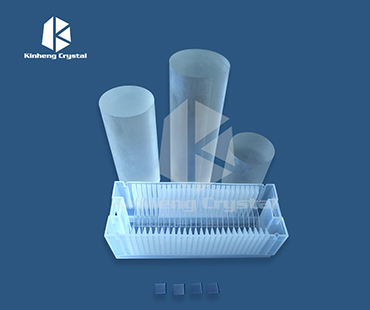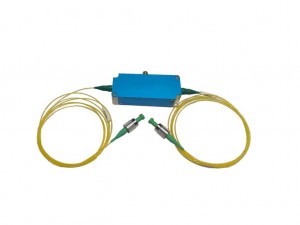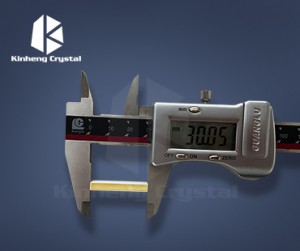Sapphire Substrate
Description
Sapphire (Al2O3) single crystal is an excellent multifunctional material. It has high temperature resistance, good heat conduction, high hardness, infrared transmission and good chemical stability. It is widely used in many fields of industry, national defense and scientific research (such as high temperature infrared window). At the same time, it is also a kind of widely used single crystal substrate material. It is the first choice substrate in the current blue, violet, white light-emitting diode (LED) and blue laser (LD) industry (gallium nitride film needs to be epitaxial on the sapphire substrate first), and it is also an important superconducting film substrate. In addition to the Y-system, La system and other high-temperature superconducting films, it can also be used to grow new practical MgB2 (magnesium diboride) superconducting films (usually the single-crystal substrate will be chemically corroded during the fabrication of MgB2 films).
Properties
| Crystal Purity |
> 99.99% |
| Melt Point(℃) |
2040 |
| Density(g/cm3) |
3.98 |
| Hardness (Mho) |
9 |
| Thermal Expansion |
7.5 (x10-6/ oC) |
| Specific Heat |
0.10 ( cal / oC) |
| Thermal Conductivity |
46.06 @ 0 oC 25.12 @ 100 oC, 12.56 @ 400 oC ( W/(m.K) ) |
| Dielectric Constant |
~ 9.4 @300K at A axis ~ 11.58@ 300K at C axis |
| Loss Tangent at 10 GHz |
< 2x10-5 at A axis , <5 x10-5 at C axis |
Sapphire Substrate Definition
Sapphire substrate refers to a transparent crystalline material made of single crystal aluminum oxide (Al2O3). The term "sapphire" is often used to describe the corundum gemstone variety, which is usually blue in color. However, in terms of substrates, sapphire refers to an artificially grown, colorless, high-purity crystal used in a variety of applications. Here are some key points about sapphire substrates:
1. Crystal structure: Sapphire has a hexagonal crystal structure in which aluminum atoms and oxygen atoms are repeatedly arranged. It belongs to the trigonal crystal system.
2. High hardness: Sapphire is one of the hardest materials known, with a Mohs hardness of 9. This makes it highly scratch and abrasion resistant, contributing to its durability and longevity in the application.
3. Light transmission: Sapphire has excellent light transmission, especially in the visible and near-infrared regions. It can transmit light from approximately 180 nm to 5500 nm, making it suitable for a wide range of optical and optoelectronic applications.
4. Thermal and mechanical properties: Sapphire has good thermal and mechanical properties, high melting point, low thermal expansion coefficient, and excellent thermal conductivity. It can withstand high temperatures, mechanical stress and thermal cycling, making it suitable for high temperature and high power applications.
5. Chemical stability: Sapphire has high chemical stability and can resist most acids, alkalis and organic solvents. This feature ensures its durability and reliability in various harsh environments.
6. Electrical insulation properties: Sapphire is an excellent electrical insulator, which is beneficial for applications requiring electrical isolation or insulation.
7. Application: Sapphire substrates are widely used in optoelectronics, semiconductors, light-emitting diodes, laser diodes, optical windows, watch crystals and scientific research.
Sapphire substrates are highly valued for their combination of optical, mechanical, thermal and chemical properties. Its outstanding material properties make it suitable for demanding applications requiring high durability, high optical clarity, electrical insulation and resistance to environmental elements.












